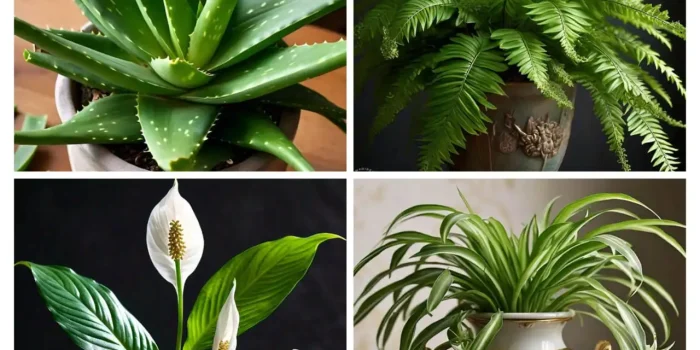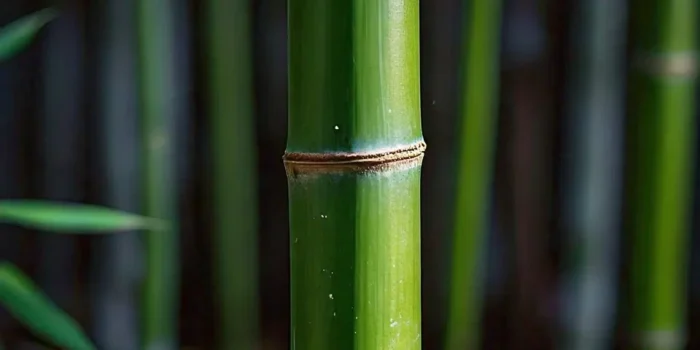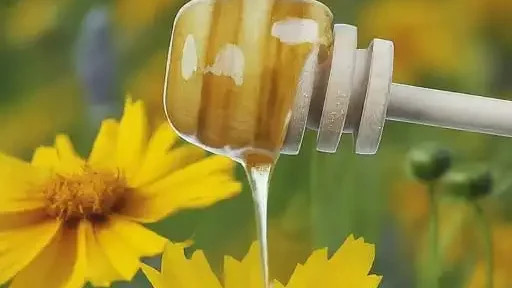Improve indoor air quality and ease allergy symptoms with allergy relief plants that filter dust, mold, and VOCs. Discover the best plants for a healthier home.
Allergy Relief Plants: Which Houseplants Can Help Purify the Air?

1. Spider Plant (Chlorophytum comosum) :
Benefits :The spider plant is renowned for its ability to remove indoor pollutants such as formaldehyde and xylene. It’s especially useful in areas where indoor air quality might be compromised, like near cooking areas or garages.
Care Tips : Spider plants are incredibly easy to care for. They flourish in bright, indirect light and well-drained soil. Water them regularly, making sure the top inch of soil dries out between waterings. They also enjoy occasional misting.
2. Peace Lily (Spathiphyllum spp.)
Benefits : Peace lilies are celebrated for their air-purifying capabilities, particularly their ability to filter out mold spores and VOCs like benzene and trichloroethylene. They are excellent for reducing the presence of indoor allergens.
Care Tips : Peace lilies prefer low to medium light conditions and need consistently moist soil. Be sure not to overwater; the soil should remain damp but not soggy. Occasionally wipe the leaves to remove dust and maintain the plant’s health.
3. Boston Fern (Nephrolepis exaltata)
Benefits : Boston ferns are superb for increasing indoor humidity and capturing airborne allergens like dust and mold spores. Their natural ability to improve air quality makes them a valuable addition to any allergy-friendly home.
Care Tips : Boston ferns thrive in high humidity and indirect light. Keep the soil consistently moist and regularly mist the plant to maintain humidity levels.. They are well-suited for bathrooms or kitchens where humidity is higher.
4. Aloe Vera (Aloe barbadensis miller)
Benefits :Aloe vera is known not only for its healing properties but also for its air-purifying abilities. It helps remove pollutants such as formaldehyde and benzene from the air, contributing to a cleaner environment
Care Tips : Aloe vera prefers bright, indirect light and well-drained soil. Water it thoroughly but infrequently, allowing the soil to dry out completely between waterings. Avoid overwatering to prevent root rot.

5. Snake Plant (Sansevieria trifasciata)
Benefits :The snake plant, also known as mother-in-law’s tongue, is one of the best air-purifying plants. It effectively removes toxins like formaldehyde, benzene, and trichloroethylene, making it ideal for improving indoor air quality.
Care Tips :Snake plants are low-maintenance and adapt well to various light conditions, from bright indirect light to low light. They prefer well-drained soil and infrequent watering .Allow the soil to dry out completely before watering again.
6. Bamboo Palm (Chamaedorea seifrizii)
Benefits :Bamboo palms are excellent at filtering indoor air pollutants, including formaldehyde and benzene. They also add moisture to the air, which can be beneficial for reducing symptoms associated with dry air.
Care Tips :Bamboo palms thrive in bright, indirect light and prefer consistently moist soil. They also benefit from periodic misting to help maintain appropriate humidity levels. Ensure proper air circulation around the plant to keep it healthy.
7. Rubber Plant (Ficus elastica)
Benefits : The rubber plant is effective at removing airborne toxins and improving indoor air quality. It is particularly good at filtering out formaldehyde, making it a valuable addition to any home.
Care Tips :Rubber plants thrive in bright, indirect light and well-drained soil. Water them thoroughly, letting the top inch of soil dry out between waterings. Wipe the leaves occasionally to remove dust and maintain their air-purifying efficiency.
8. English Ivy (Hedera helix)
Benefits : English ivy is known for its ability to filter out mold spores and other airborne pollutants. It’s especially useful in areas where mold might be a problem, such as bathrooms or basements.
Care Tips : English ivy prefers moderate to bright light and consistently moist soil. It can be grown in hanging baskets or trained as a climbing plant. Regular watering and occasional pruning help keep it healthy and effective.
Tips for Maximizing the Benefits of Allergy-Relief Plants
1. Choose the Right Plants : Select plants that are suited to your home’s lighting conditions and space. Consider the specific pollutants you want to target.
2. Proper Care : Follow the care instructions for each plant to ensure they remain healthy and effective at purifying the air.
3. Regular Maintenance : Dust and clean the leaves of your plants to maintain their air-purifying abilities. Replace or rotate plants as needed to keep your indoor environment optimal.
4. Combine with Other Methods : While plants are great for improving air quality, they work best in conjunction with other practices such as regular cleaning and proper ventilation.
5.Monitor Allergic Reactions : Some individuals may have sensitivities to certain plants. If you experience any adverse reactions, consider replacing the plant with another type.
FAQ'S
Q: How do houseplants help with allergies?
Q: How many plants do I need to make a difference in air quality?
Q: Are there any plants that are particularly good for reducing dust?
Conclusion
Incorporating allergy-relief plants into your home is a natural and effective way to improve indoor air quality and create a more comfortable living environment. Plants such as the spider plant, peace lily, and snake plant offer a range of benefits, from reducing airborne pollutants to increasing humidity. By choosing the right plants and maintaining them properly, you can enhance your indoor air quality and potentially reduce allergy symptoms. Remember, while houseplants are a valuable addition to any allergy-friendly strategy, they work best when combined with other practices like regular cleaning and proper ventilation. Embrace the green solution and enjoy a healthier, fresher home with the power of plants!

